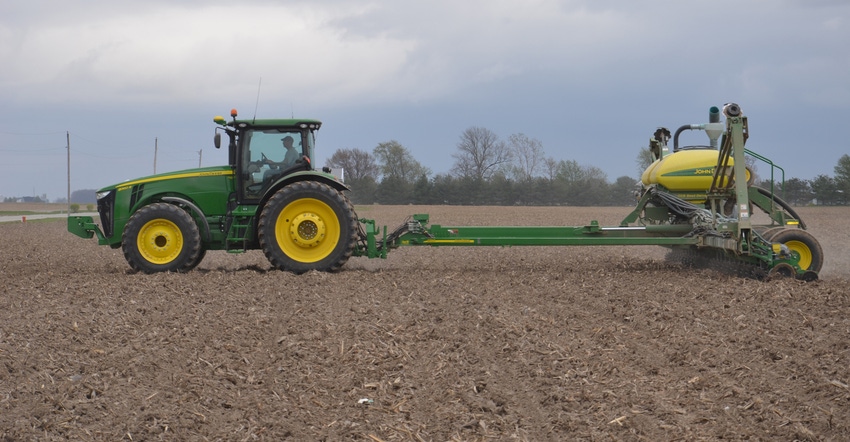January 30, 2018

Everyone knows that planting is the single most important thing you do for growing a good crop. When it’s time to plant, will you be ready? Here is a checklist to help you prepare.
You may have already done most of these things. But go through this list just in case, because you might find something you overlooked — and it might be the thing that helps you pick up a few extra bushels of corn and make higher yields this year. Every bushel counts. A few extra bushels could be your profit margin in 2018. Well begun is half done!
Checklist
1. Minimize soil compaction. Do whatever you must do to make fewer trips across the field. Soil compaction can happen even if you don��’t think you’re causing it at the time. Watch tire traffic. Match tire widths on various implements that will cross the soil to minimize the percentage of soil that sees a tire track. Most soil compaction happens on the first pass. If it’s significant, it can take four to five years for the soil to recover from that one pass.
2. Plant early if you can. I favor early planting, but only if the soil is ready and weather conditions are right. You don’t need to be the first one in your area to plant. I would rather plant a little later than be sorry I planted too early. I have seen a lot of replanting during the last couple of years, and it’s no fun for anyone.
3. Select planting depth carefully. For planting corn, it may be better to plant too deep than too shallow. Err on the deep side.
4. Avoid wet soils. If it comes to planting on wet soils or delaying planting, I would opt for delaying planting every time.
5. Start with a good seedbed. Uniform emergence is critical. Plants that emerge even one to two days after their neighbor start with a disadvantage and never catch up. Plant into moisture. Our personal experimental data says it may be better to plant what you think is too deep, rather than too shallow.
6. Plant vigorous hybrids. Buy hybrids with excellent seedling emergence, cold tolerance and vigor. Use uniformly graded seed so you can hit your target seeding rate.
7. Achieve uniform spacing of plants. Check spacing and depth in each row. Plants that are too close together start with a disadvantage compared to their neighbors.
8. Check planting speed. Even if you have a planter that the manufacturer claims can plant accurately at 10 miles per hour, you really don’t want to race while planting. You want to plant only once, if possible. Take time to dig and make sure you’re achieving the seeding rate and spacing you desire.
9. Be an innovator, not a bleeder. Experiment with new technology and stay on the cutting edge. But evaluate carefully, and don’t fall into the bleeding edge.
10. Finish before mid-May. If weather cooperates and you can plant by mid-May, you’ll maximize use of solar energy. Plant corn and soybeans at the same time, if possible. Soybeans like early planting, too.
Nanda is president of Agronomic Crops Consultants LLC. Email him at [email protected], or call 317-910-9876.
About the Author(s)
You May Also Like






